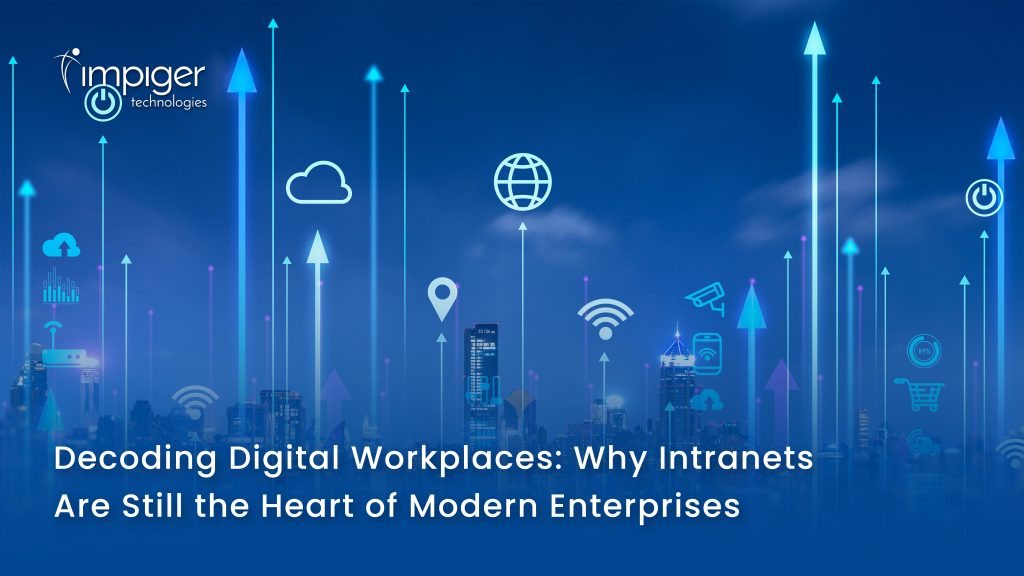Introduction
The microservices architecture has become a popular approach for developing complex applications. By breaking down functionality into smaller, independent services, businesses can achieve greater agility, scalability, and maintainability. However, effectively managing communication and access between these services is crucial for successful implementation. This is where WSO2 API Manager shines, acting as a powerful API gateway for your microservices architecture.
Understanding Microservices and API Gateways
- Microservices: Microservices are self-contained, loosely coupled software units focused on delivering specific business capabilities. Each service is independently developed, deployed, and scaled, promoting flexibility and faster development cycles.
- API Gateway: An API gateway acts as a single entry point for all API requests entering or leaving your microservices ecosystem. It centralizes key functionalities like routing, security, and monitoring, simplifying client interactions with your backend services.
Benefits of Using WSO2 API Manager as Your Microservices Gateway
- Simplified API Management: WSO2 API Manager provides a unified platform for managing all APIs associated with your microservices. This includes API design, documentation, versioning, and lifecycle management.
- Centralized Security: Enforce robust security policies at the gateway level, ensuring only authorized applications can access specific microservices. WSO2 API Manager offers features like OAuth2/OIDC authentication, role-based access control (RBAC), and API throttling to safeguard your system.
- Traffic Management: WSO2 API Manager acts as a traffic director, intelligently routing API requests to the appropriate microservice instances based on pre-defined rules. This helps ensure efficient load balancing and high availability.
- Enhanced Developer Experience: The WSO2 API Manager developer portal provides developers with a self-service platform for discovering, documenting, and subscribing to APIs. This streamlines development workflows and fosters collaboration.
- Improved Observability: Gain valuable insights into API usage patterns and microservices performance through WSO2 API Manager’s built-in analytics. This data can be used for performance optimization, identifying bottlenecks, and troubleshooting issues.
Implementing a Microservices Architecture with WSO2 API Manager
Here’s a breakdown of the key steps involved:
- Microservice Development:
- * Choose a suitable programming language and framework for developing your microservices. Popular options include Java Spring Boot, Node.js with Express, or Python with Flask.
- * Ensure each microservice is self-contained and focuses on a well-defined business capability.
- * Design your microservices with well-defined APIs using REST principles.
- * Consider implementing a service discovery mechanism like Consul or Zookeeper to allow microservices to discover each other for communication.
- API Design and Definition:
- * Leverage tools like OpenAPI (Swagger) to define your microservice APIs in a machine-readable format.
- * This specification outlines the API endpoints, request methods (GET, POST, PUT, DELETE), expected parameters, and response formats (JSON, XML).
- * Clearly document the API functionality and expected behavior to ensure clarity for developers consuming the APIs.
- API Registration and Management:
- * Import the OpenAPI (Swagger) specifications into WSO2 API Manager. This simplifies API definition and reduces manual configuration.
- * Define access control policies within WSO2 API Manager. Specify who can access each API (e.g., specific user roles, applications) and what level of access they have (read-only, read-write).
- * Configure routing rules in WSO2 API Manager to determine how incoming API requests are directed to the appropriate microservice instances. Consider factors like load balancing, versioning, and path mapping.
- * Utilize WSO2 API Manager’s transformation capabilities to manipulate request and response payloads as needed for seamless integration between clients and microservices.
- API Gateway Deployment:
- * Deploy WSO2 API Manager in your chosen environment (on-premises, cloud, or hybrid).
- * Configure the API gateway to communicate with your microservices registry or service discovery mechanism to locate available microservice instances.
- * Ensure proper security measures are in place for the API gateway itself, including firewalls and intrusion detection systems.
- Client Applications:
- * Develop client applications to interact with your microservices through the WSO2 API Manager gateway.
- * Clients will utilize the published APIs documented in the developer portal and leverage functionalities like authentication and authorization provided by the gateway.
- * Consider using WSO2 API Manager’s SDKs (Software Development Kits) to simplify client-side development for various programming languages.
Additional Considerations
- API Versioning: Implement a robust API versioning strategy to manage changes to your microservice APIs while ensuring backward compatibility for existing clients.
- Monitoring and Observability: Utilize WSO2 API Manager’s built-in analytics to monitor API traffic, identify performance bottlenecks, and troubleshoot issues within your microservices architecture.
- Continuous Integration and Delivery (CI/CD): Integrate WSO2 API Manager with your CI/CD pipeline to automate API deployment and updates, ensuring a smooth and efficient workflow.
Security Considerations
- * Implement strong authentication and authorization mechanisms at the API gateway level to control access to your microservices.
- * Utilize token-based authentication (e.g., JWT) for secure communication between clients and the gateway.
- * Regularly monitor and update security policies to address evolving threats and vulnerabilities.
Final Thoughts
Leveraging WSO2 API Manager as your API gateway in a microservices architecture offers significant advantages. It simplifies API management, centralizes security, enhances developer productivity, and provides valuable insights into your system’s health. By following these detailed steps and best practices, you can leverage WSO2 API Manager to create a well-structured and manageable microservices architecture that fosters agility, scalability, and maintainability for your applications.
Blog Reviewed by Kumaresan Selvaraj











